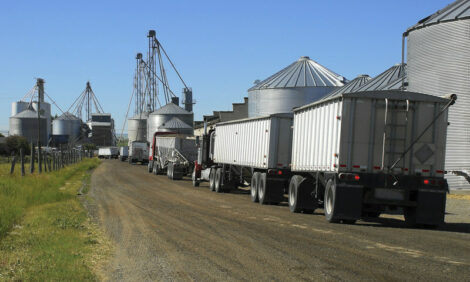



Weekly Purcell Report
US - Agricultural US Commodity Market Report by Wayne D. Purcell, Agricultural and Applied Economics, Virginia Tech.
 Weekly Purcell
Agricultural Commodity Market Report Wayne D. Purcell Agricultural and Applied Economics Virginia Tech |
|
At least partly because of what is going on in beef, as the beef product moves to higher prices and pork becomes a more acceptable alternative to many consumers, the hog sector is staging a counter-seasonal price rally.
Slaughter levels are not showing the seasonal increase we would normally expect as we move through September and into October. Cash prices have jumped significantly across the past several days.
Wholesale and retail prices are getting better, and we are seeing new contract highs recorded in the lean hog futures. I certainly didn't expect to see the sharp rally of the last few days as we approach the fall months. This may be taking us into uncharted territory again because we have seen such dramatic increases in cattle prices with the cash market in cattle possibly as high as $88 this week. And we may be anticipating a surge in retailer interest in buying and featuring pork.
Whatever the reasons, we have seen $60 and better on the October lean hog contract in Tuesday's session, and I think this is clearly an opportunity for producers to look at short hedges and think about locking in what would appear to be very nice prices. The old life-of-contract high on the October, which I see as the key contract to be watching, was $59.60.
I am not sure we are going to see two consecutive closes in this contract above $59.60 given the selling pressure that I expect above that level. Even if two consecutive closes above $59.60 do occur, I don't see significant upside from here. I do think we have substantial risk to the downside from these current price levels, especially when the roaring beef complex falters.
I would be inclined to look at the fall and winter hogs with these attractive prices being offered this week and recognize that we have seen a $5 advance within the last three to four trading days which is not likely to be sustained.














